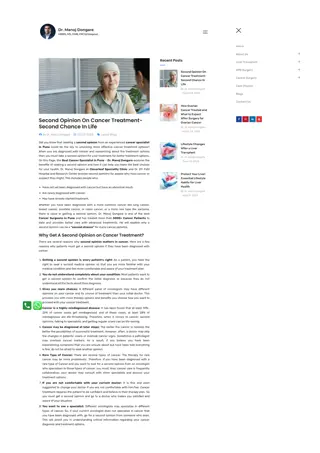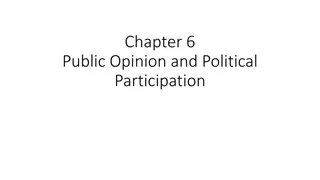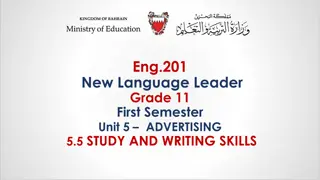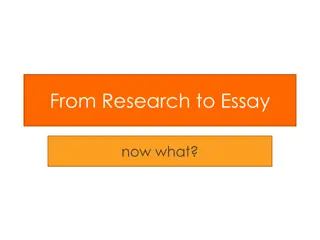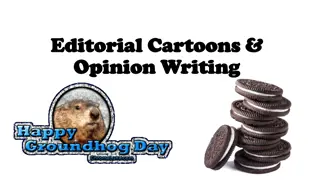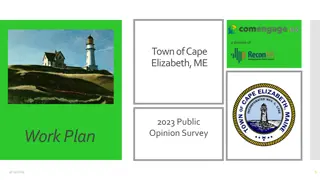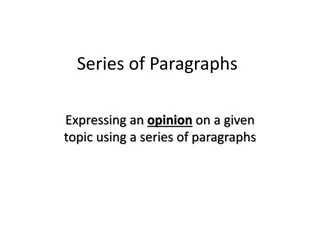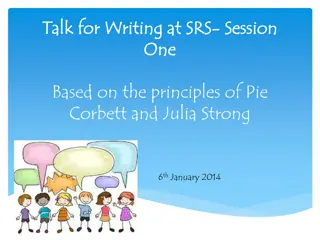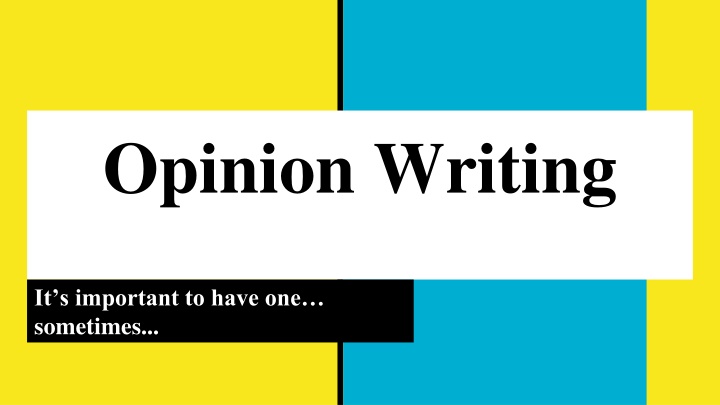
Mastering the Art of Editorial Writing: Tips and Insights
Learn the key differences between opinion writing and news writing, common elements of a good editorial, and how to choose a compelling topic to write an impactful editorial. Unleash your persuasive voice and inspire change through your editorial pieces.
Download Presentation

Please find below an Image/Link to download the presentation.
The content on the website is provided AS IS for your information and personal use only. It may not be sold, licensed, or shared on other websites without obtaining consent from the author. If you encounter any issues during the download, it is possible that the publisher has removed the file from their server.
You are allowed to download the files provided on this website for personal or commercial use, subject to the condition that they are used lawfully. All files are the property of their respective owners.
The content on the website is provided AS IS for your information and personal use only. It may not be sold, licensed, or shared on other websites without obtaining consent from the author.
E N D
Presentation Transcript
Opinion Writing It s important to have one sometimes...
OPINION WRITING VS. NEWS WRITING The stories are not structured the same way There is a voice of persuasion in an opinion piece that should not be found in news writing Opinion writing/editorials are placed on a separate page AWAY from news stories Opinion pages usually DO NOT include advertisements on the page to avoid the assertion that those advertisers are endorsing the same opinion
WHAT DO THEY HAVE IN COMMON? Journalists consider their work as a way to speak for the people who cannot speak for themselves, shedding light on dark areas of their communities Opinion writing and editorials advocate for change, but in a different way
ELEMENTS OF A GOOD EDITORIAL Persuades their audience to change their minds or take action The matter they address is of local, state or national importance The writer addresses the audience directly The writer makes an emotional appeal to the readers
WHAT IS AN EDITORIAL? Editorial expresses the opinion of the editorial board or the newspaper as an entity They tell people what they should be angry about or what should be happening but isn t Presents facts and offer a perspective for ways to solve a problem Written in a persuasive voice that asks readers to change their mind, consider other options or confirm their convictions
WHAT IS AN EDITORIAL? Tell readers what you want them to do, give them information, tell them what you told them The purpose isn t always to criticize: Teach Attack Defend Recommend Question Prod Entertain Advocate Expose
CHOOSING A TOPIC AND WRITING AN EDITORIAL Pick a topic that would be on the front page of the paper Pick something that is important enough for your editorial board to take a stance on Pick something that is of interest to your audience Who is our audience again? Make sure it is local This gives readers a reason to act and a means to act
WRITING THE EDITORIAL: WRITE IN THE THIRD PERSON In a column or a review, you can write in the first person, but an editorial is written in third person Write concisely editing out unnecessary words, phrases or sentences Keep it LESS THAN 300 WORDS
EDITORIAL SUPPORT IS VITAL: When you have an editorial in the paper you must reach a decision on your stand as a staff Have a discussion with the full group and then select one person to write the piece When it is finished, read it to the entire staff At least 50 percent of your staff, plus one more person (a majority) approves of what is in the editorial that editorial will be the voice of your staff
AFTER IT IS WRITTEN: Make sure you can answer YES! to the following questions: Is the topic interesting? If it is not, why bother? Is your stand clear? Will the reader know exactly where you stand? There can be NO wiggle room. Are there FACTS to support the stand? Will the headline grab the reader s attention?
EDITORIAL CARTOONS: Can either accompany an editorial or stand alone They should be investigative at some level They should make the reader feel something and react MUST have a strong artist If there is not one on staff, recruit from art class
LETTERS AND GUEST SUBMISSIONS Good way to see what issues are generating interest in a community Must develop an editorial policy to share with readers so they know how to submit their letters, how long they should be and whether or not unsigned letters can be printed On the scholastic level, a good length is 300 words Double check the accuracy of everything the reader has put in the letter If there are errors, contact the writer and point out the errors. If they agree to correct, then run the letter
Opinion Writing It s important to have one sometimes...

